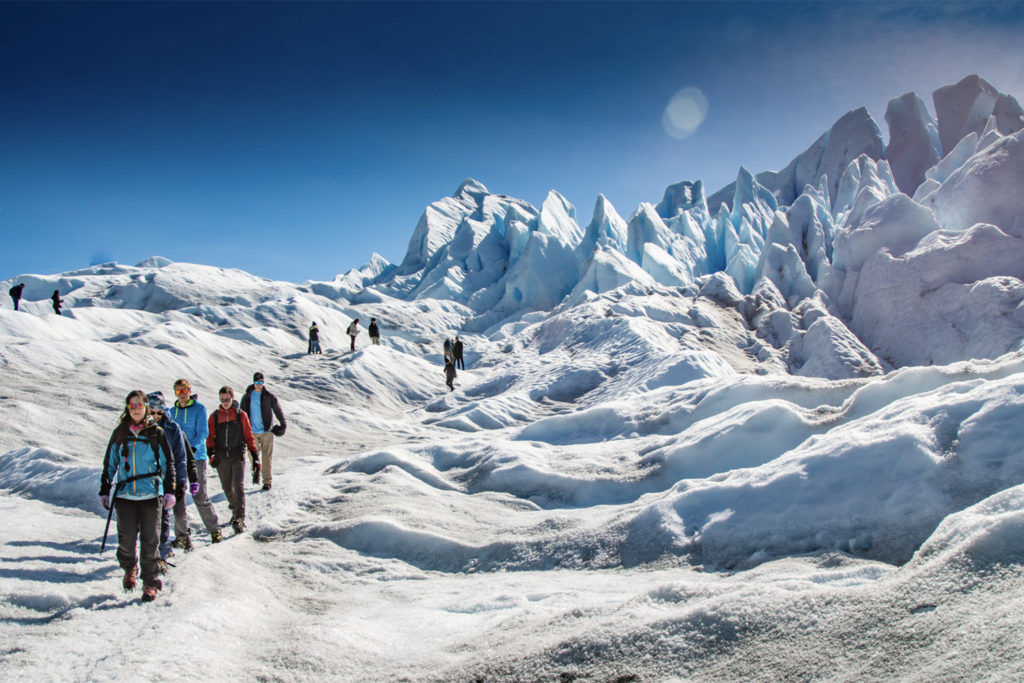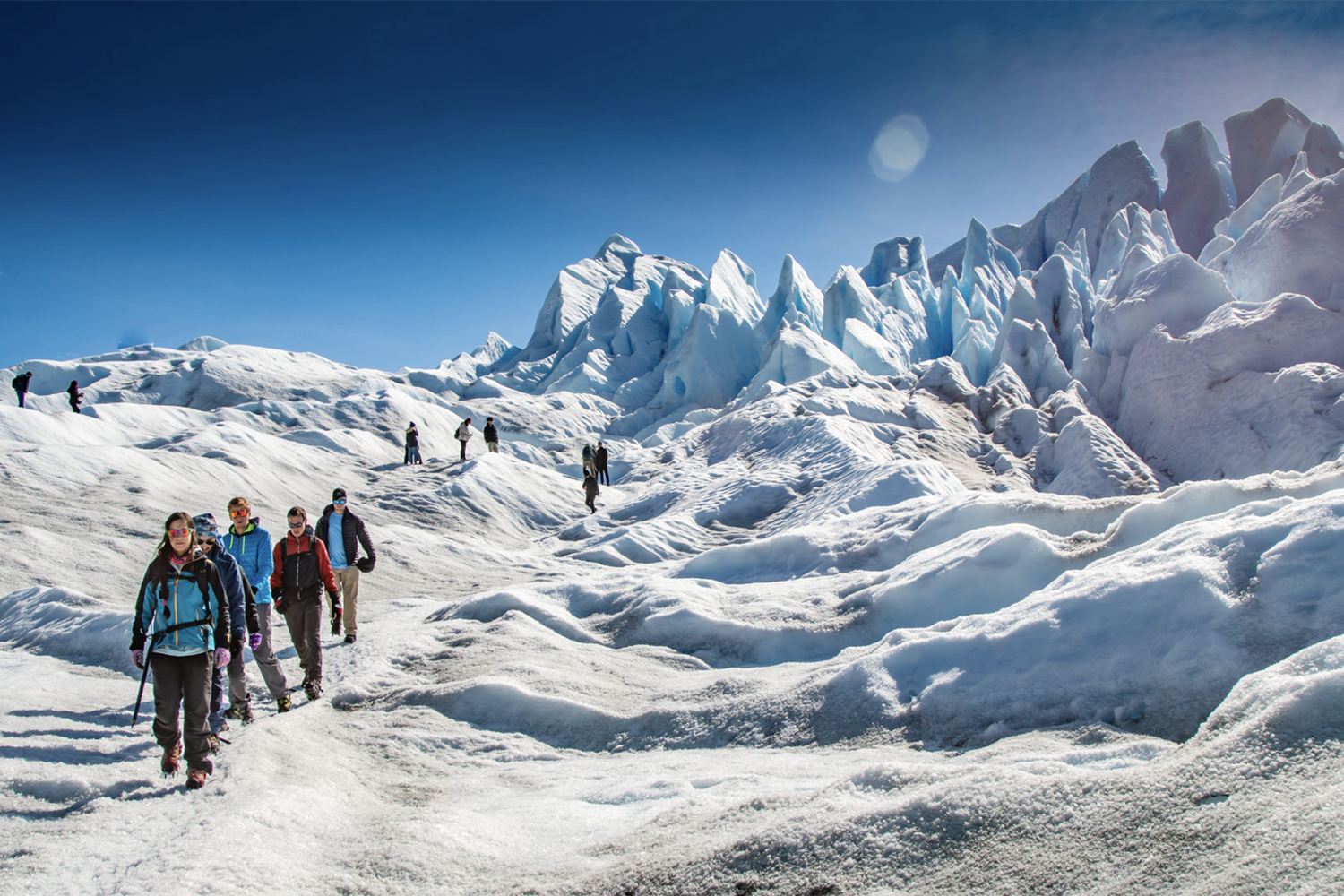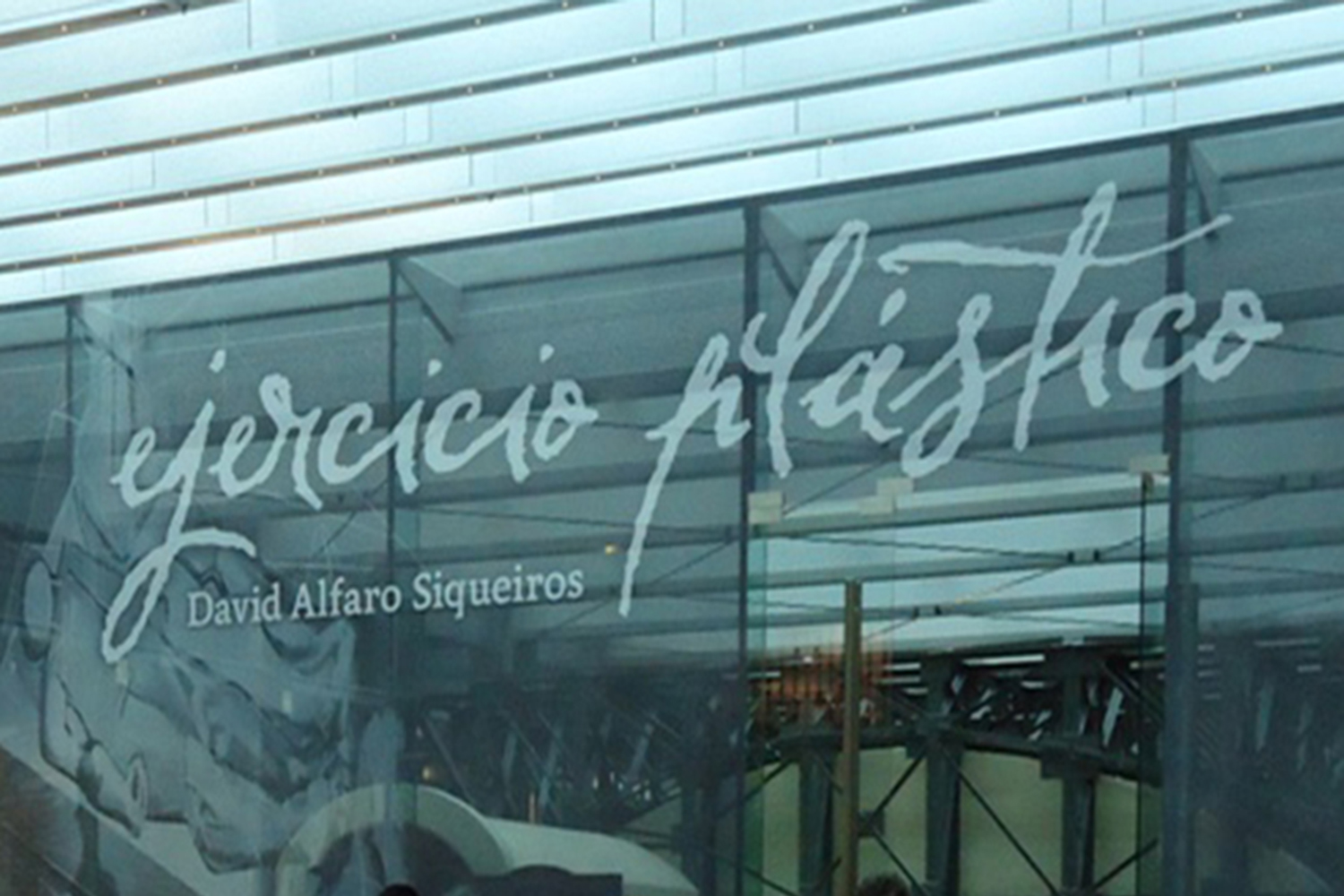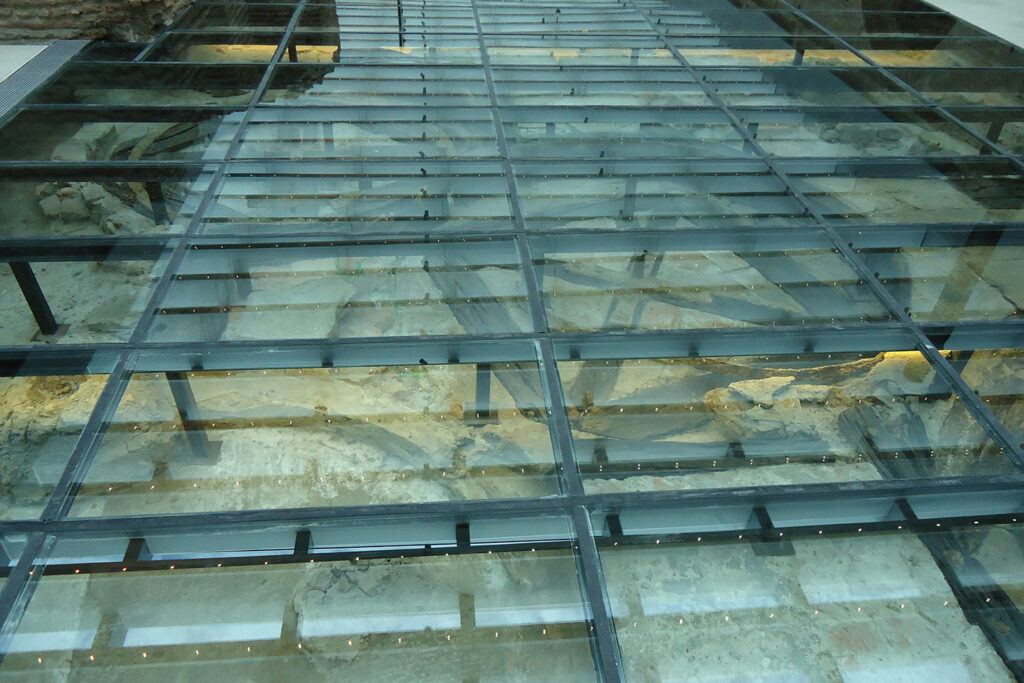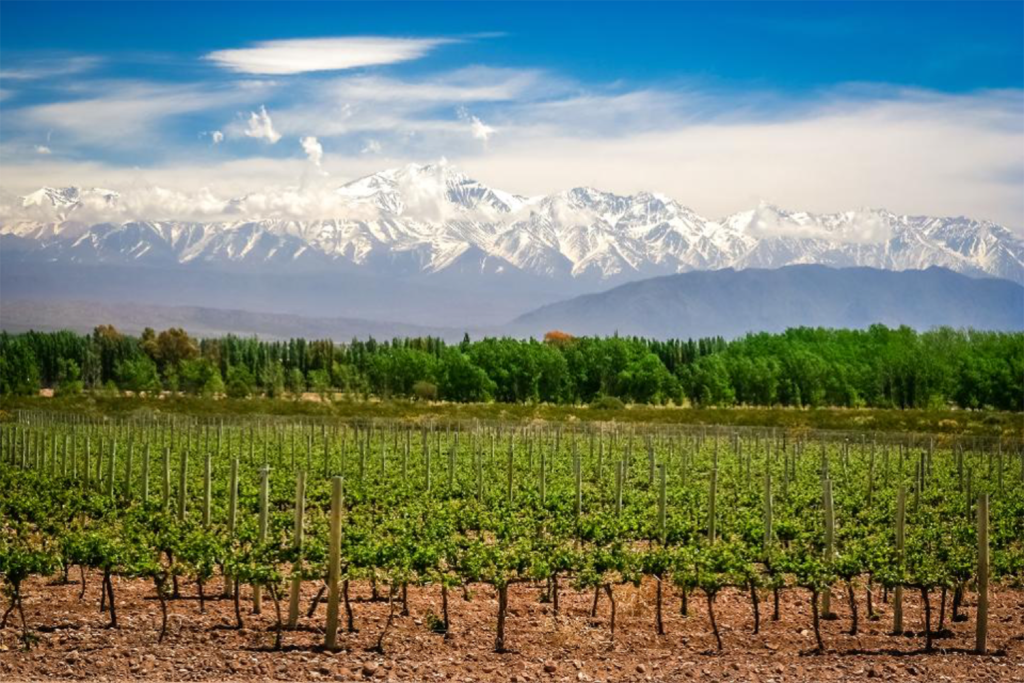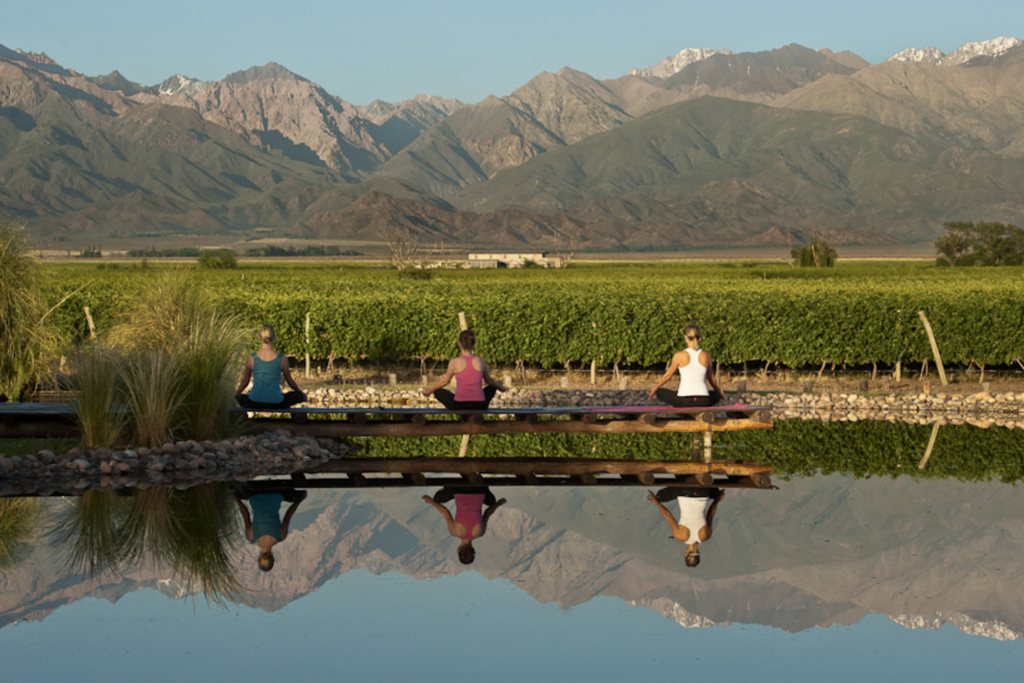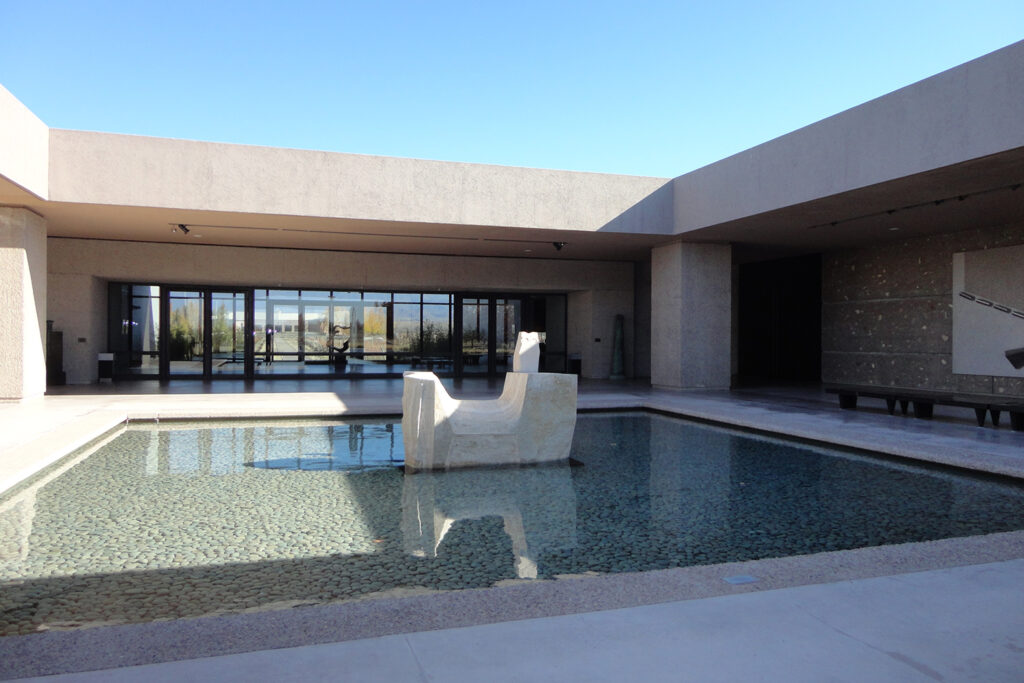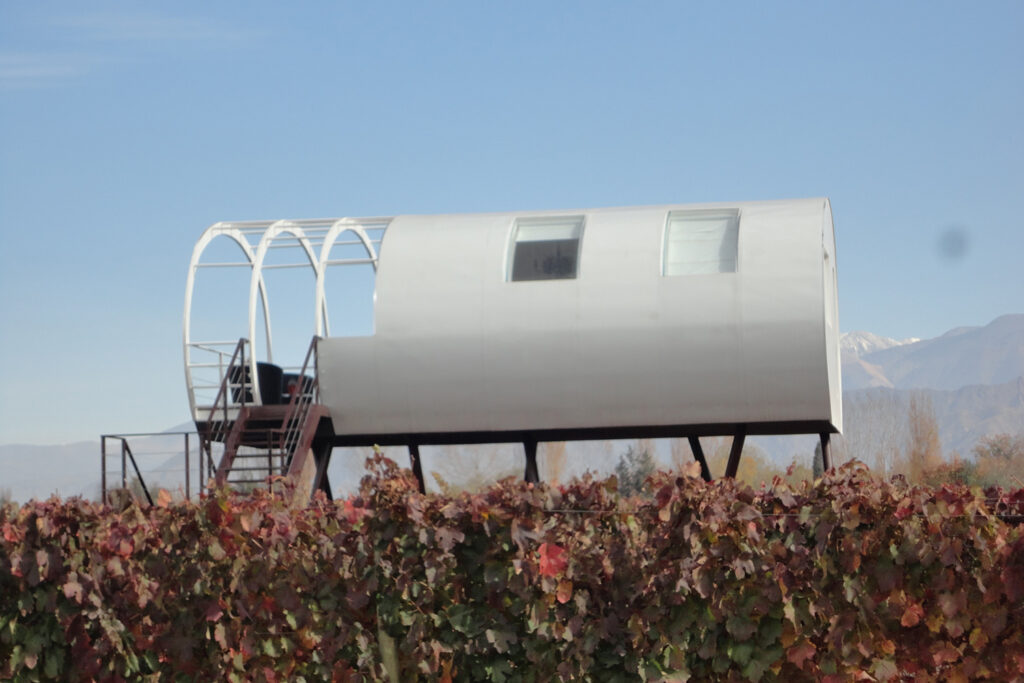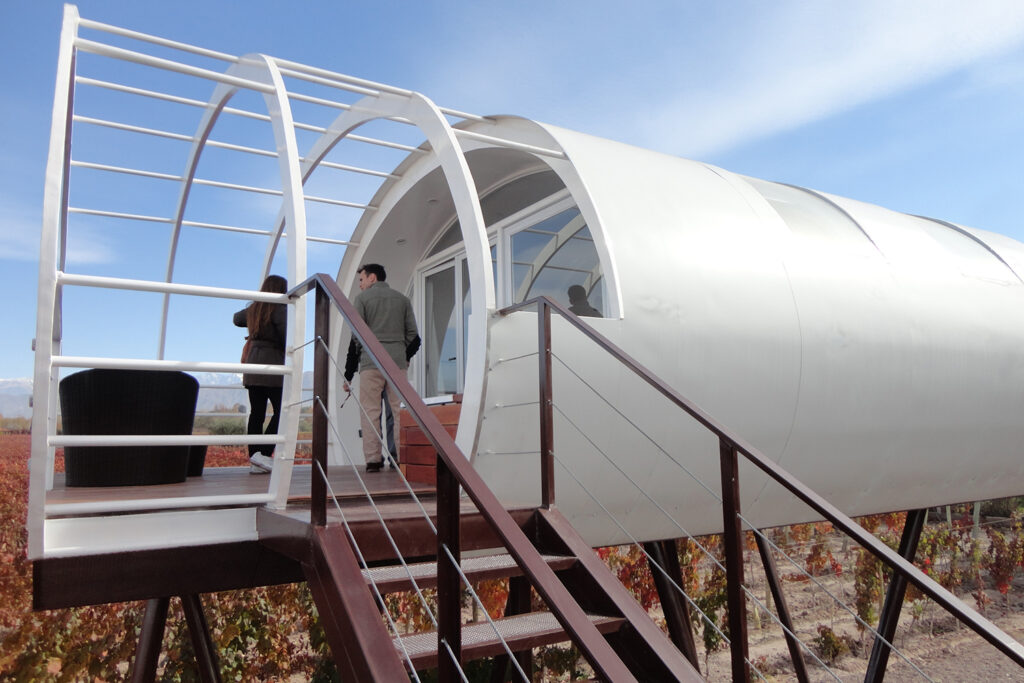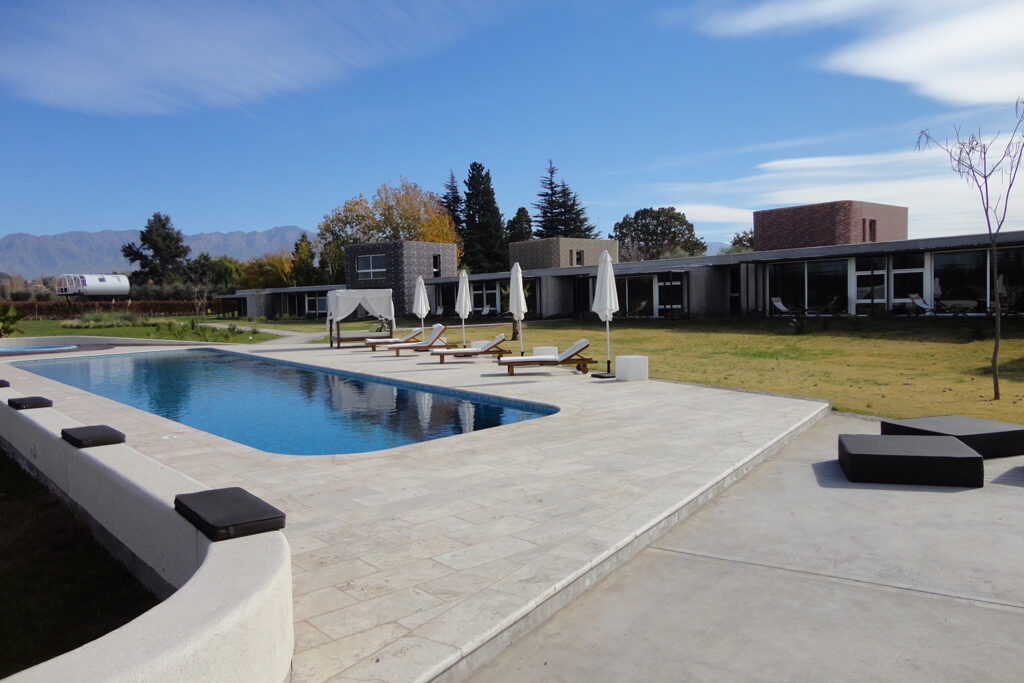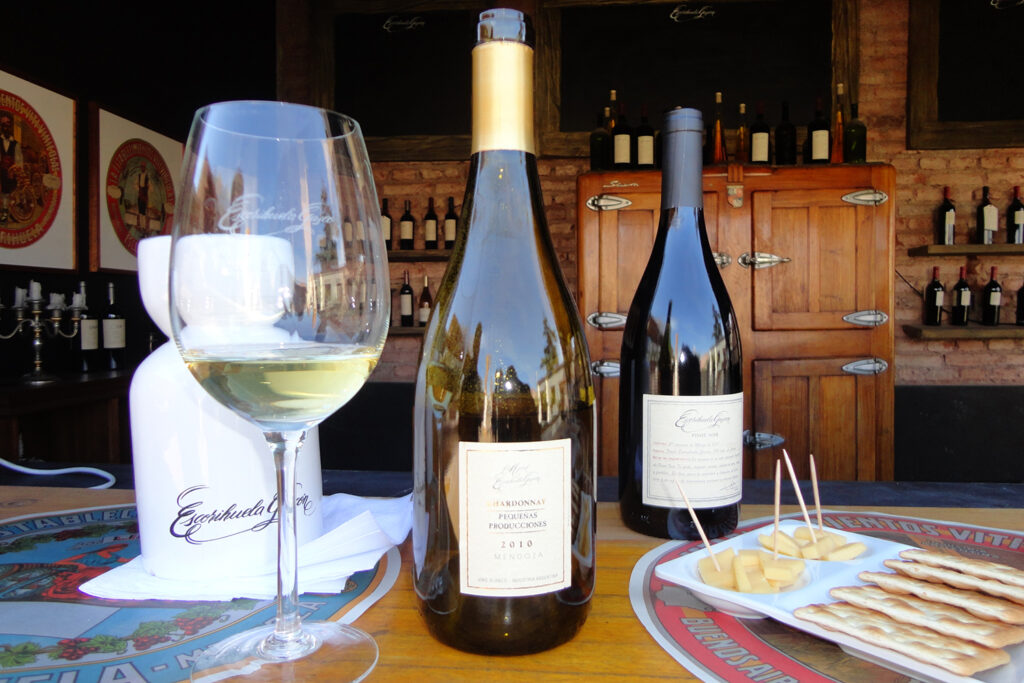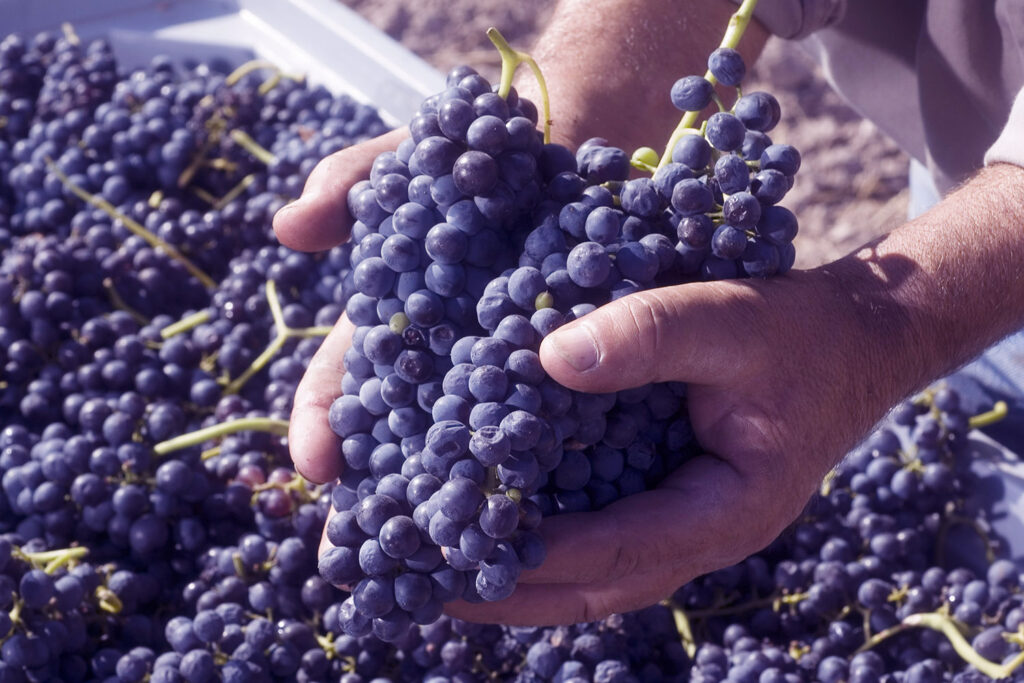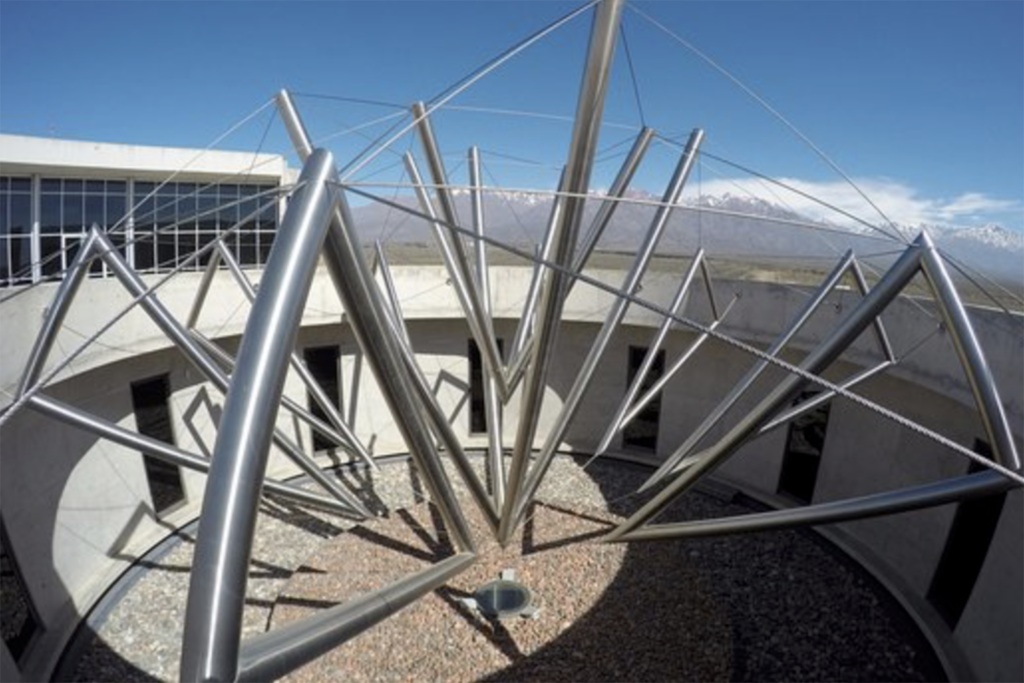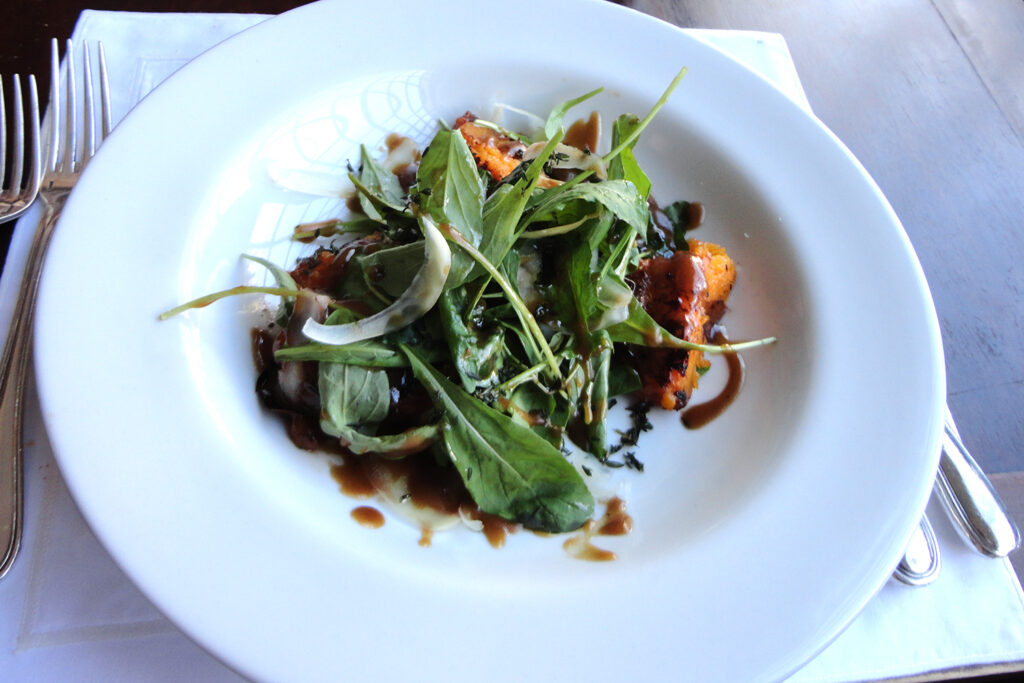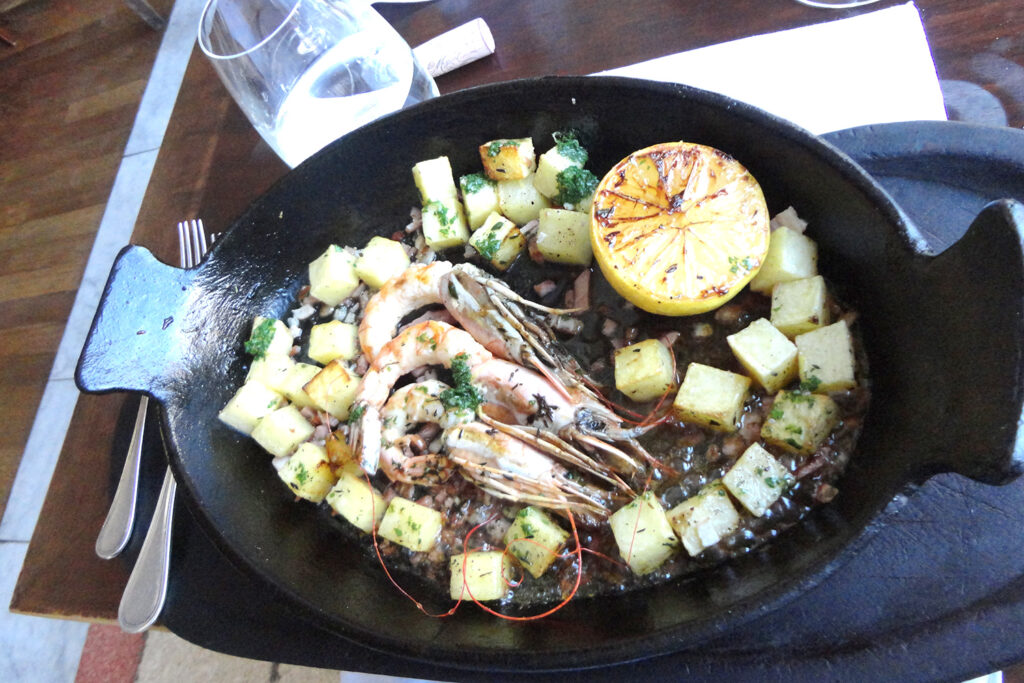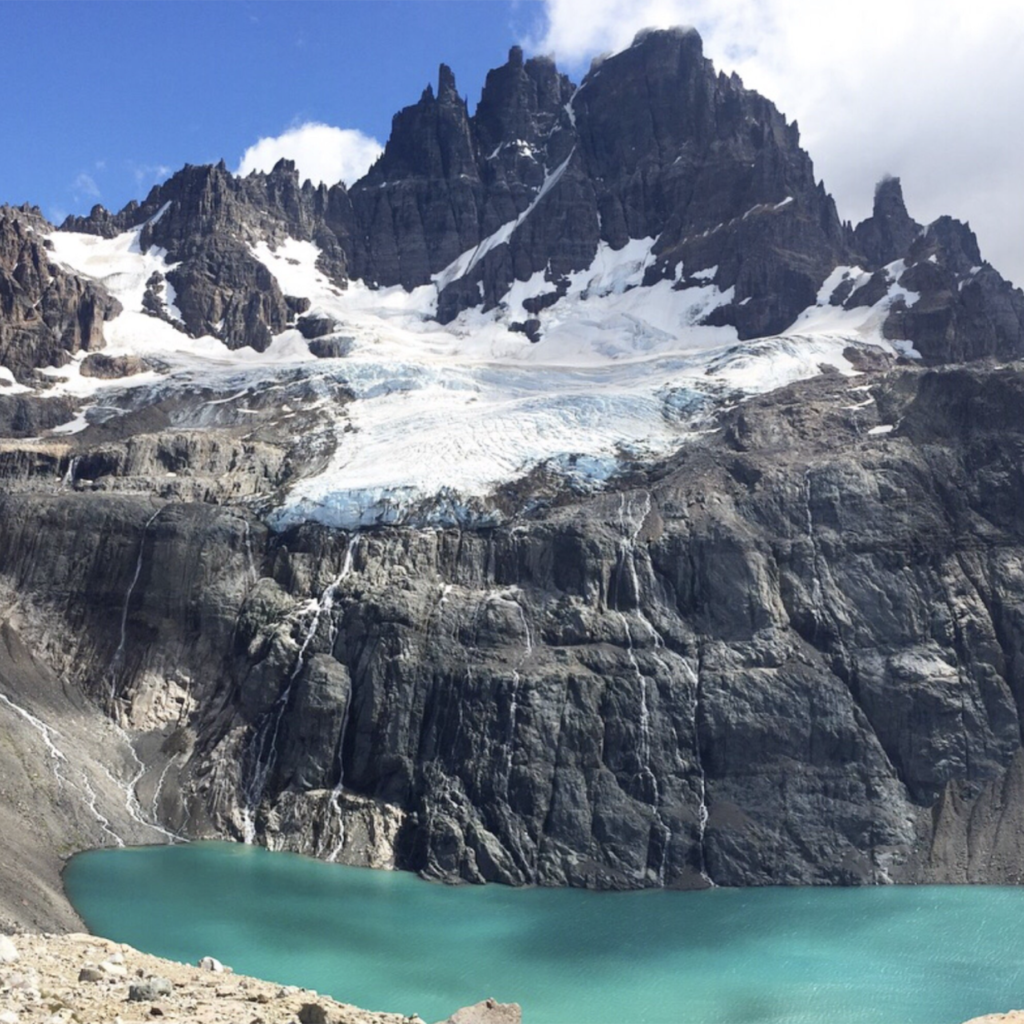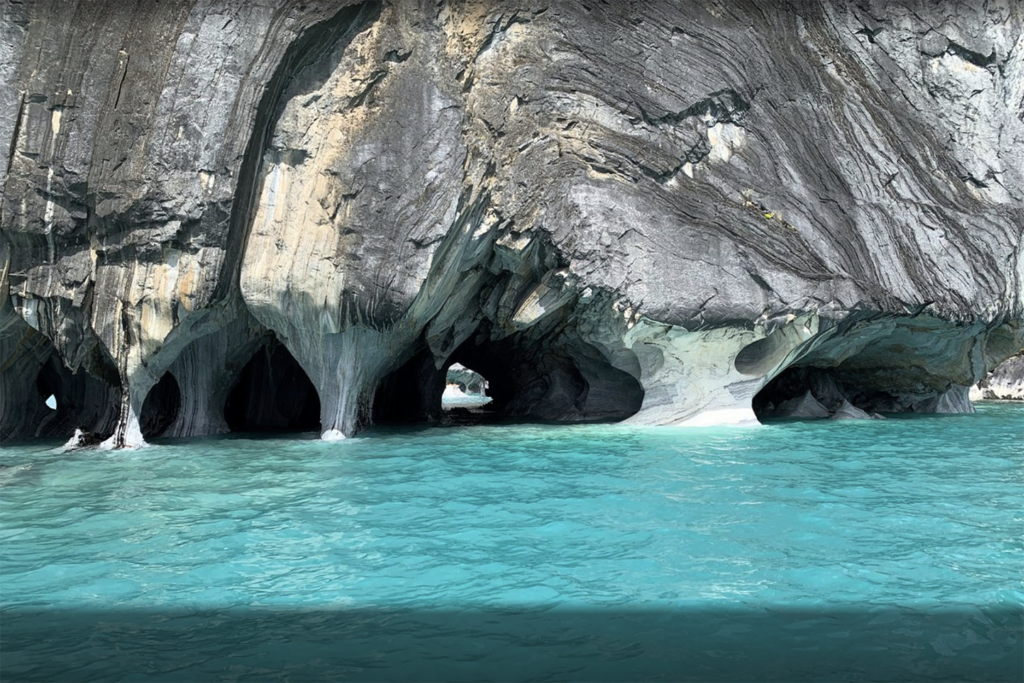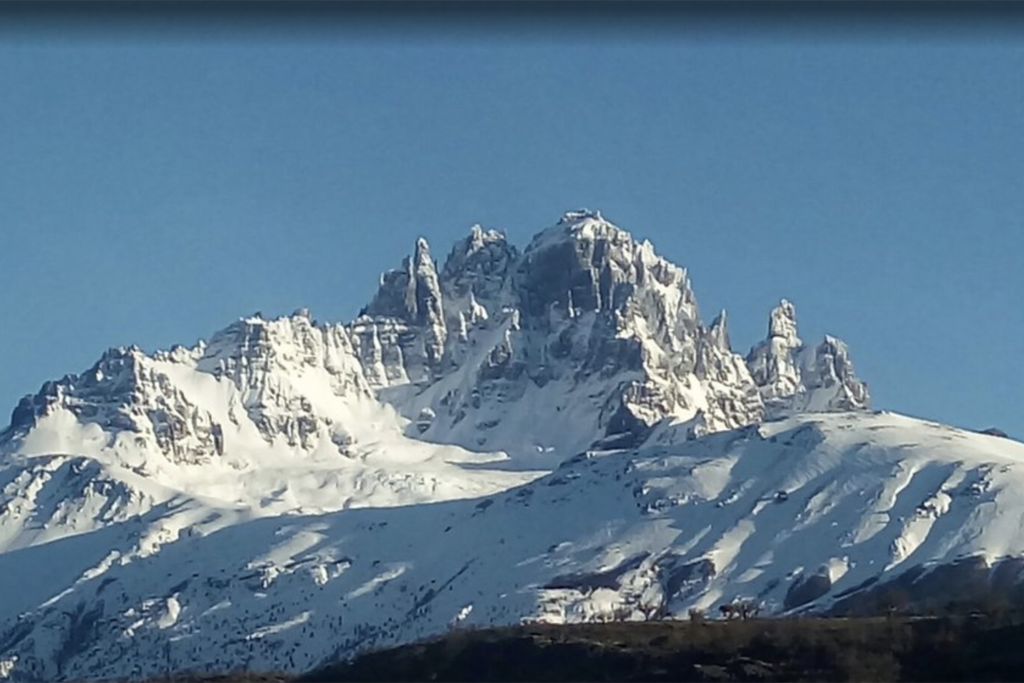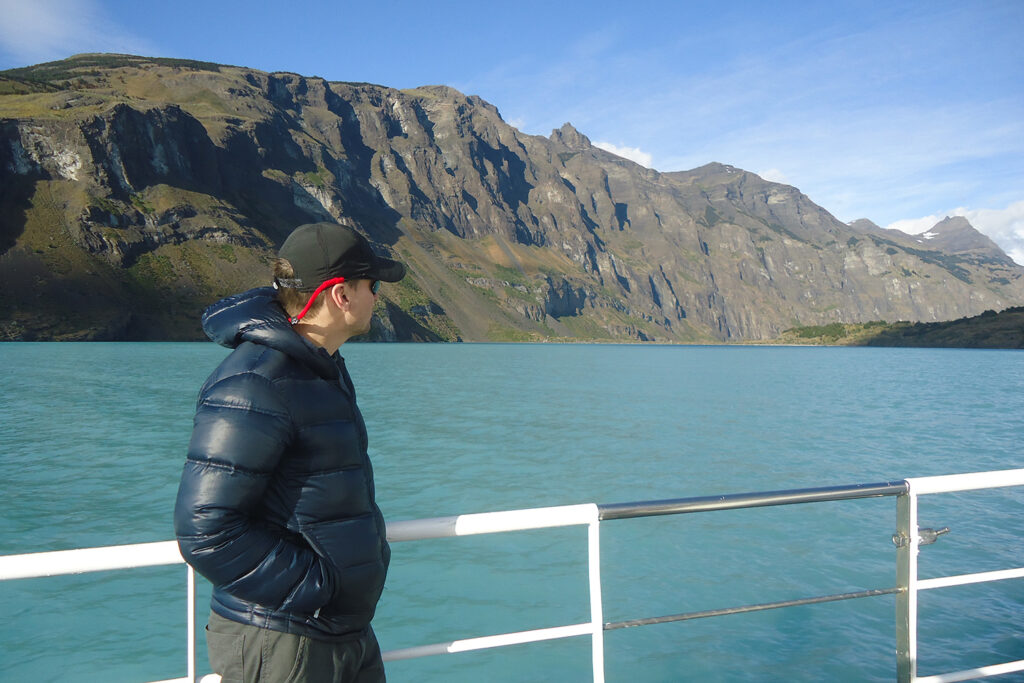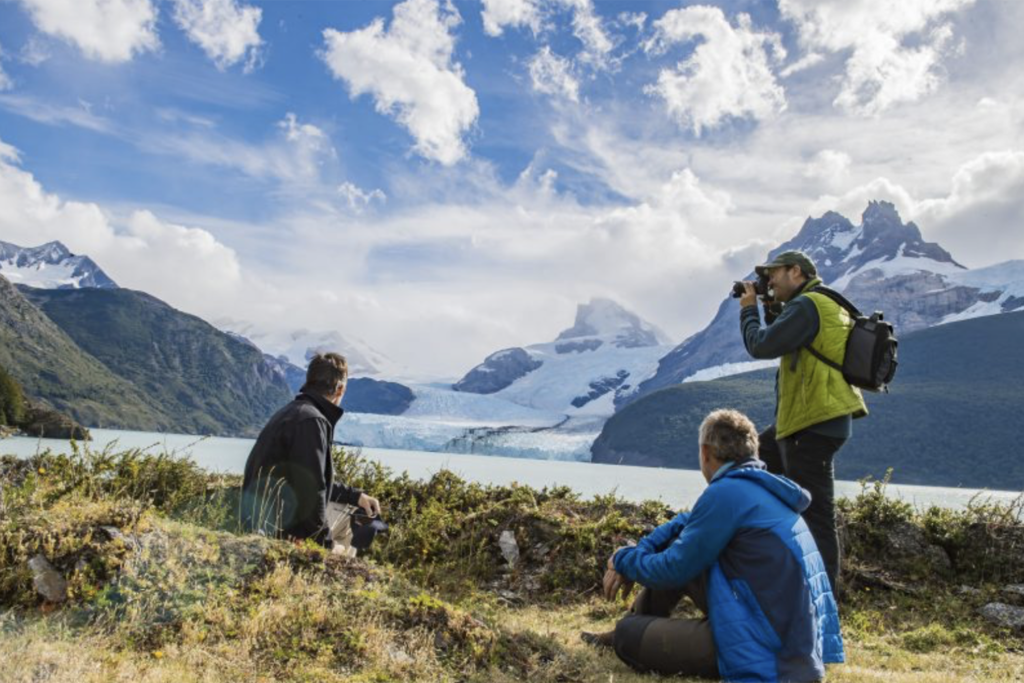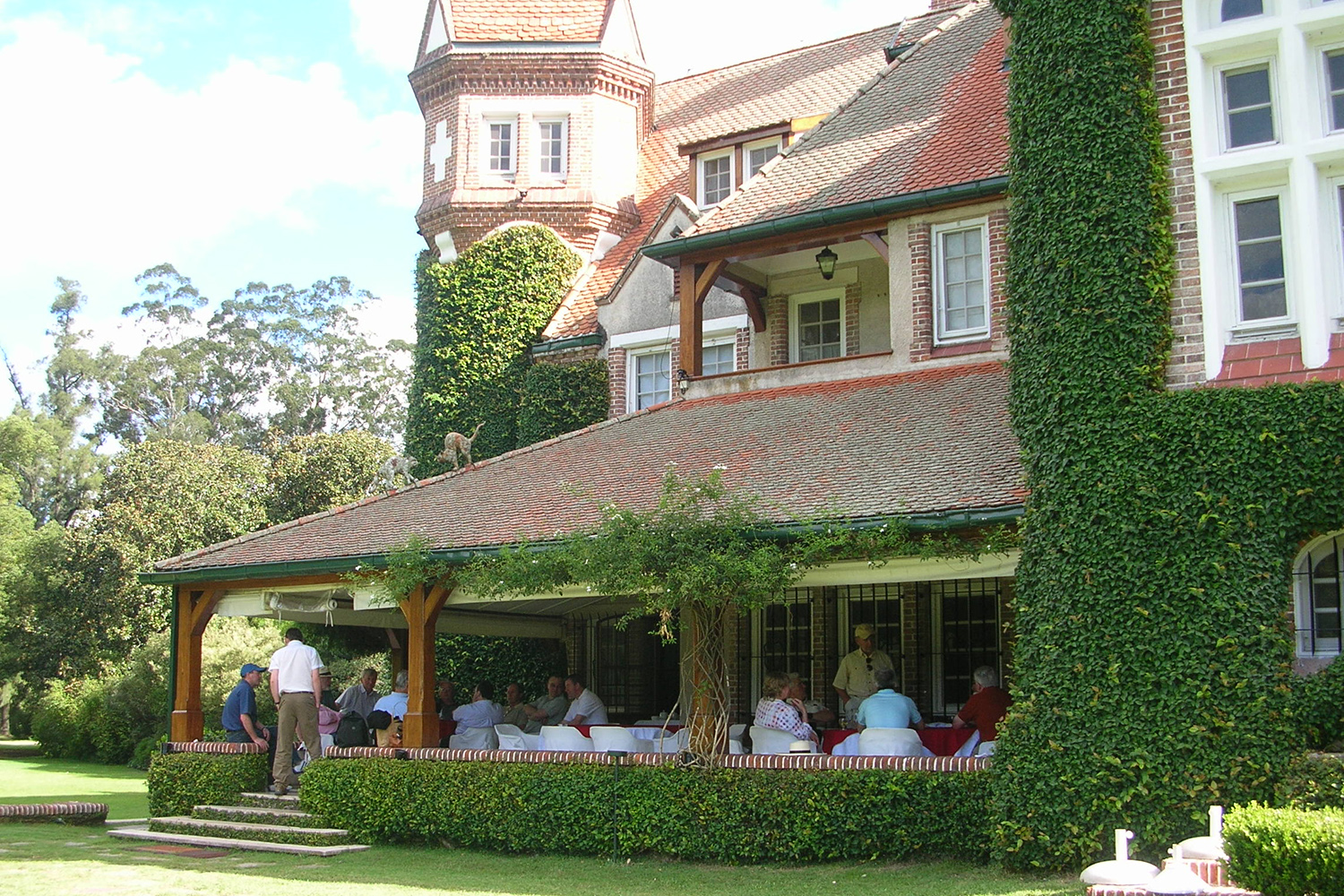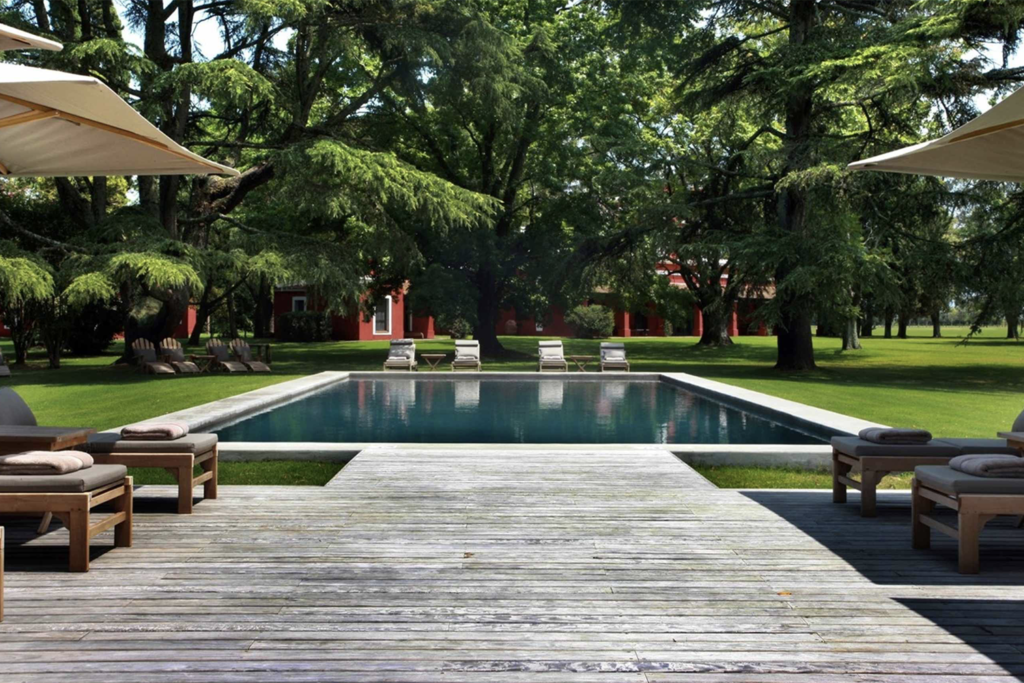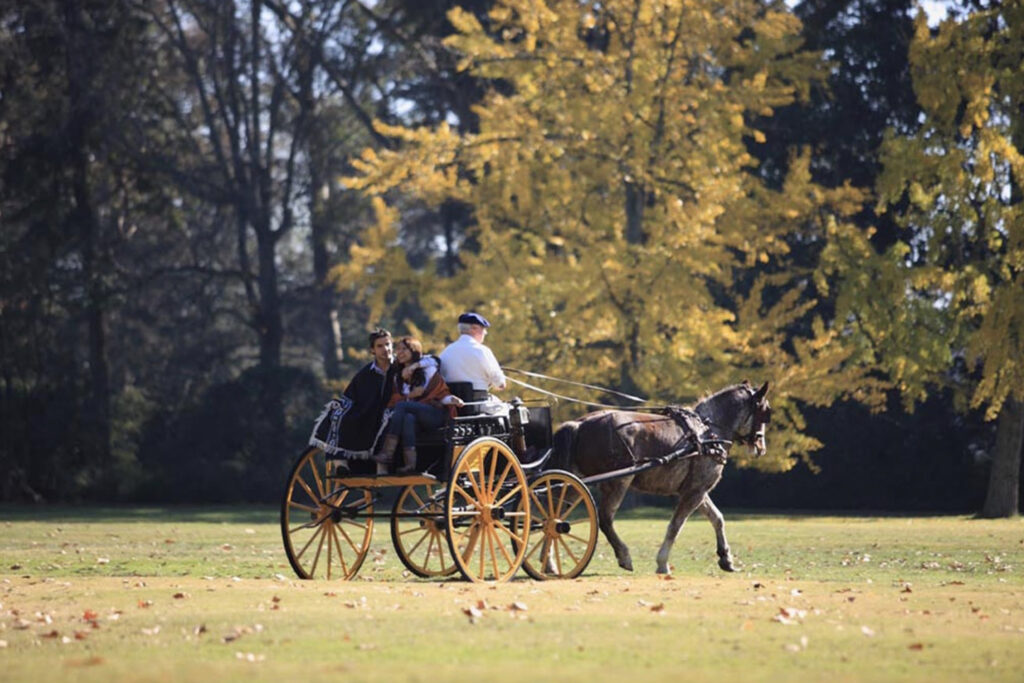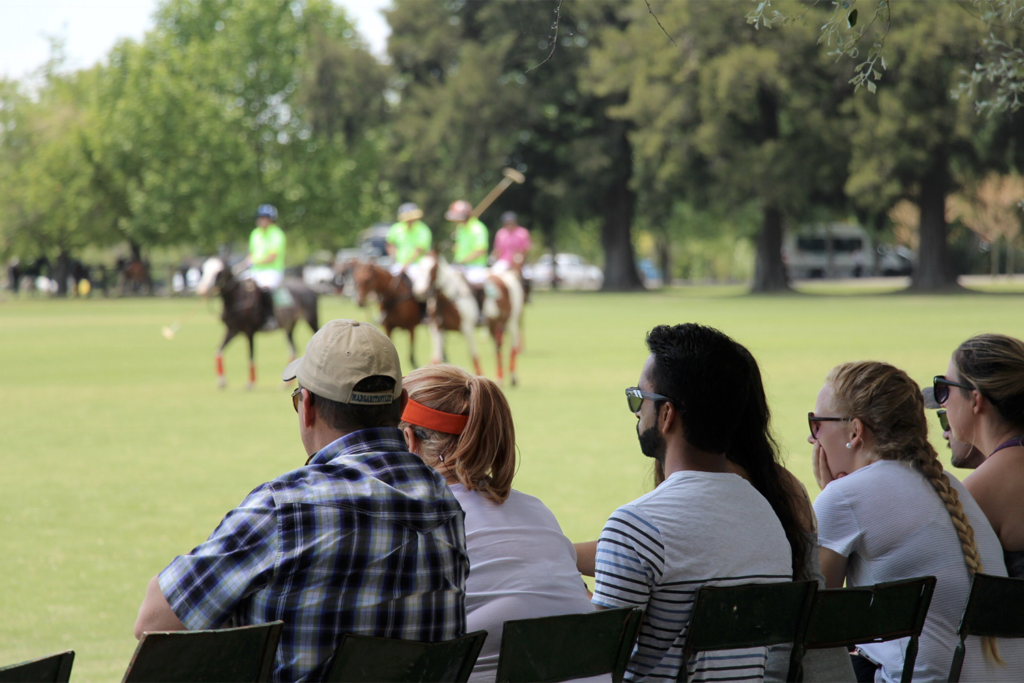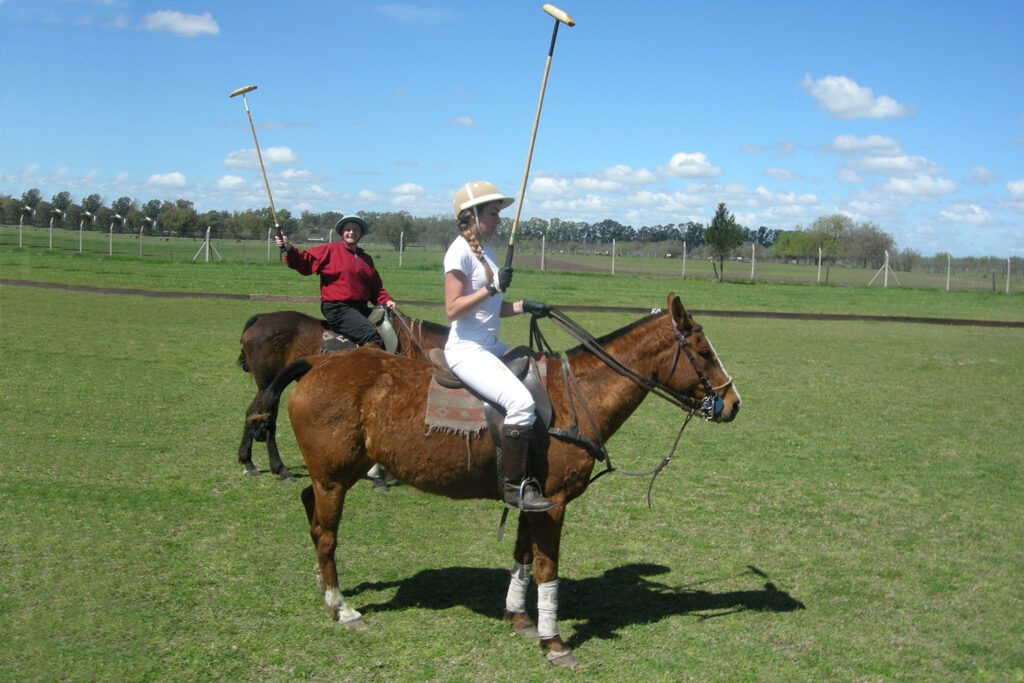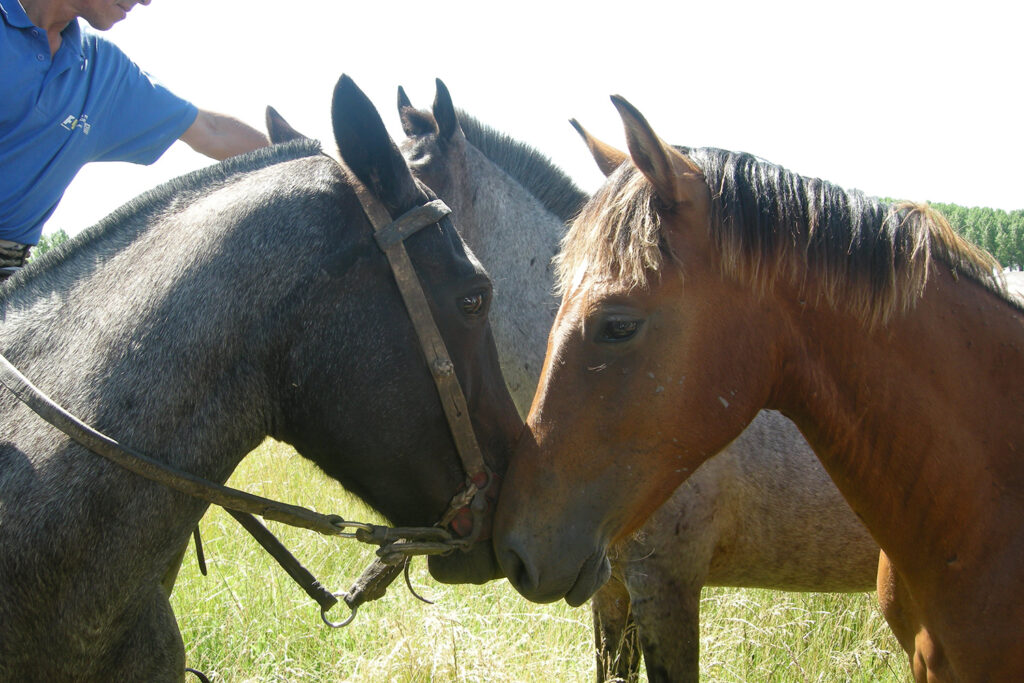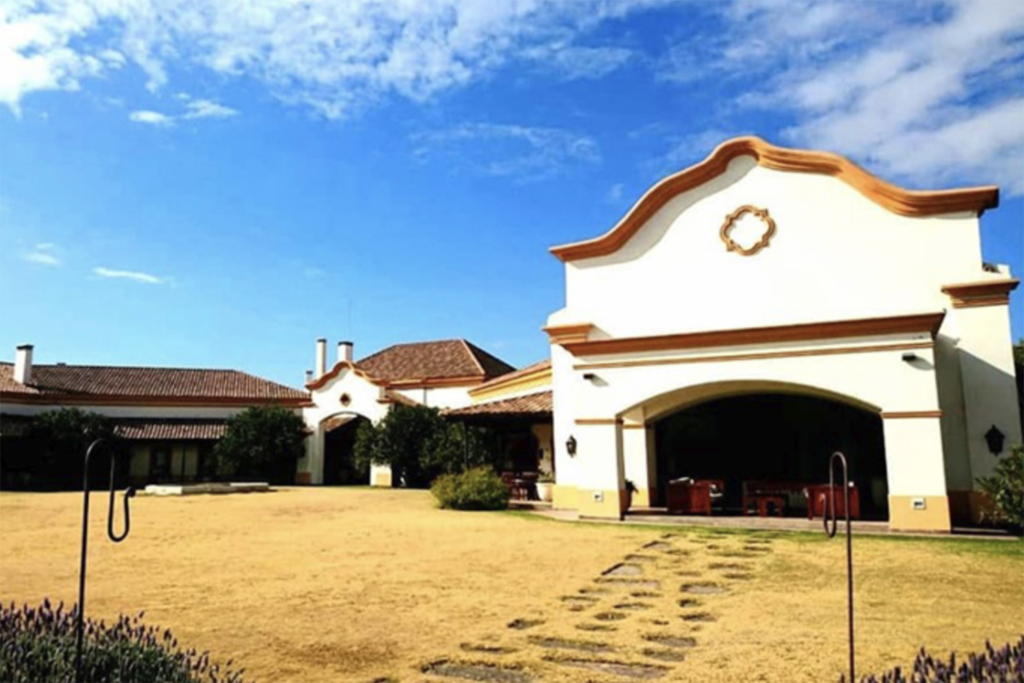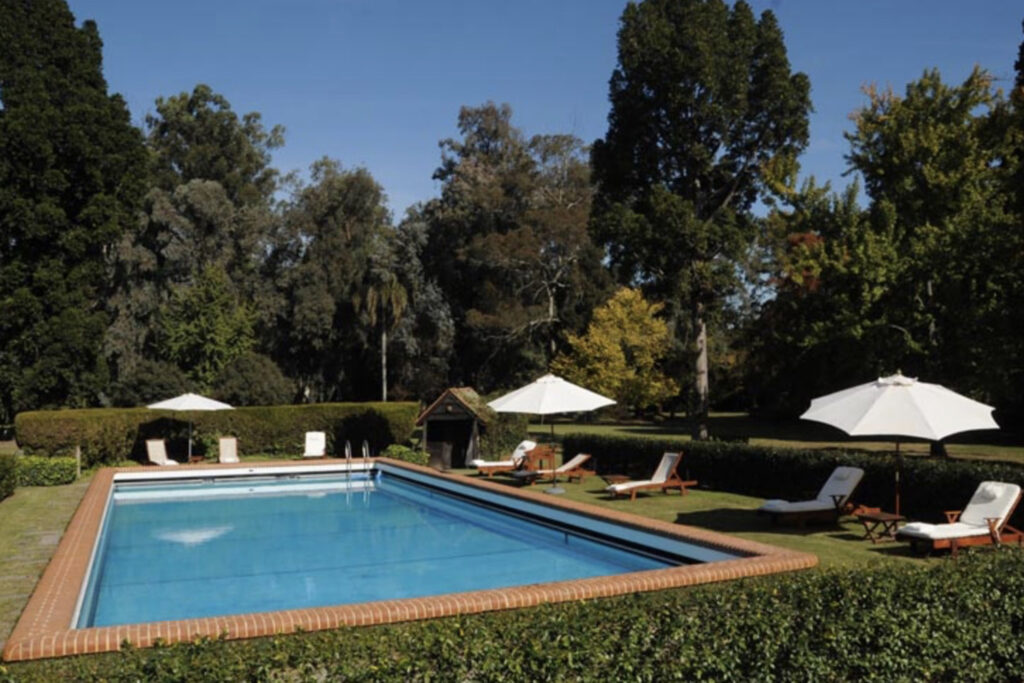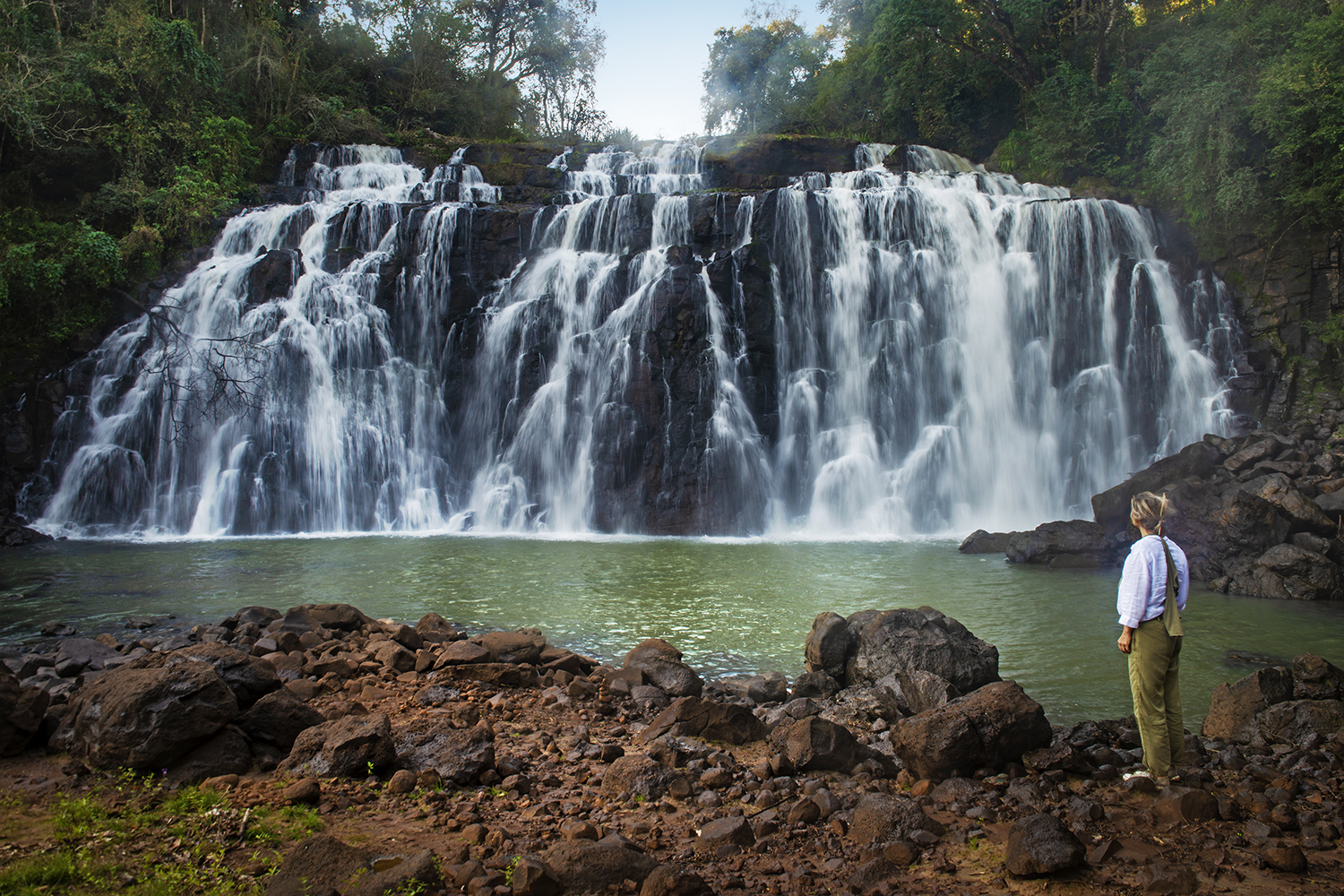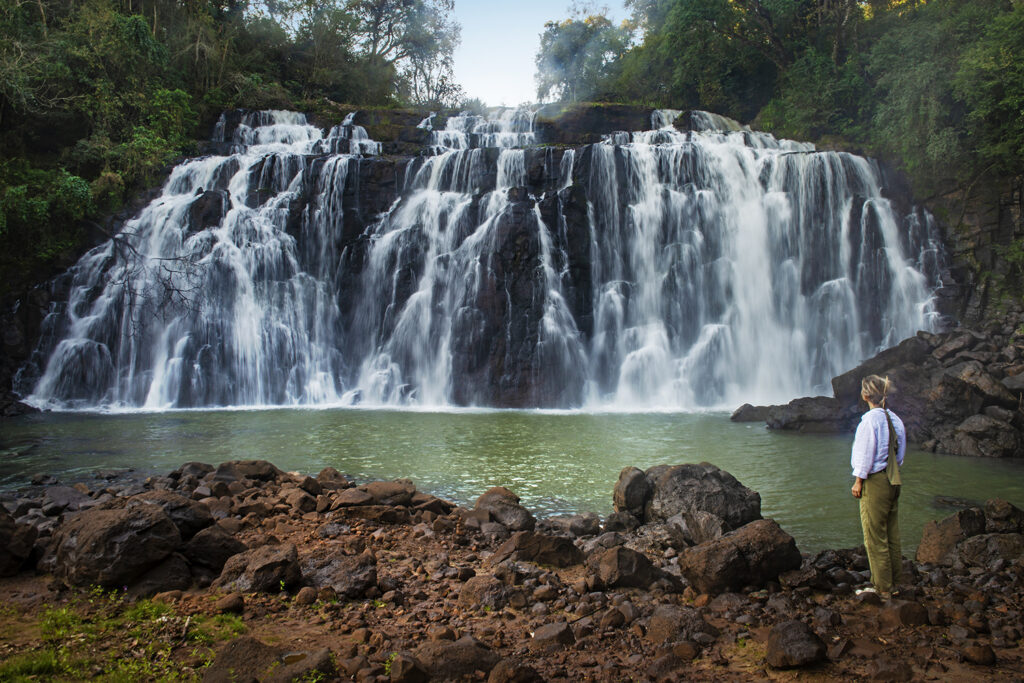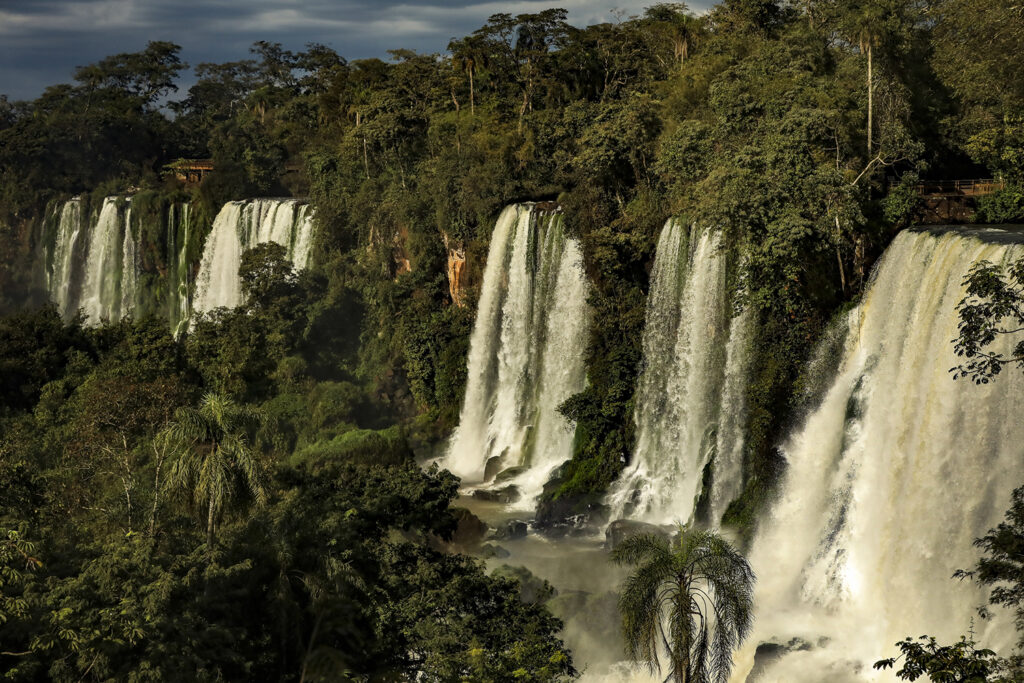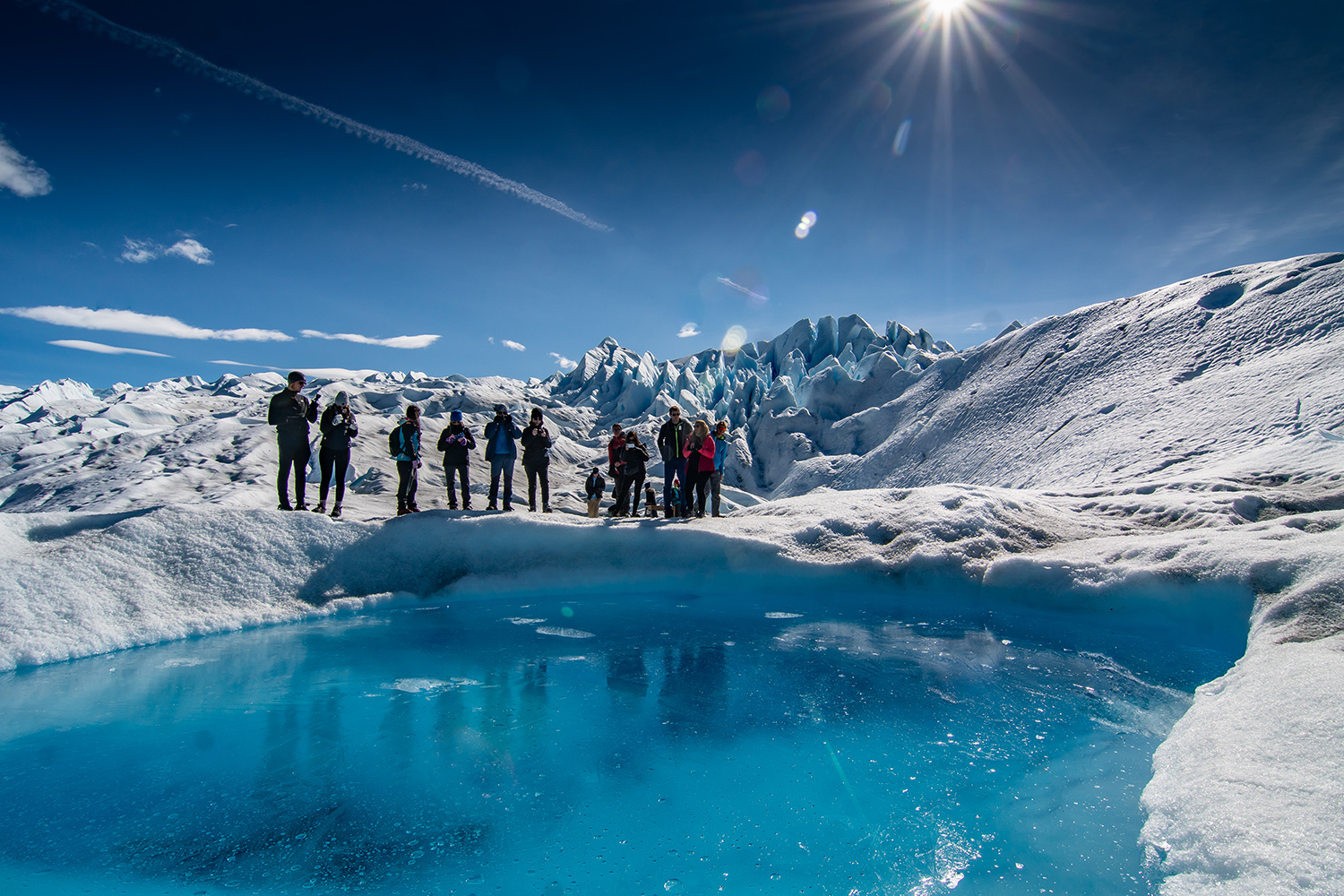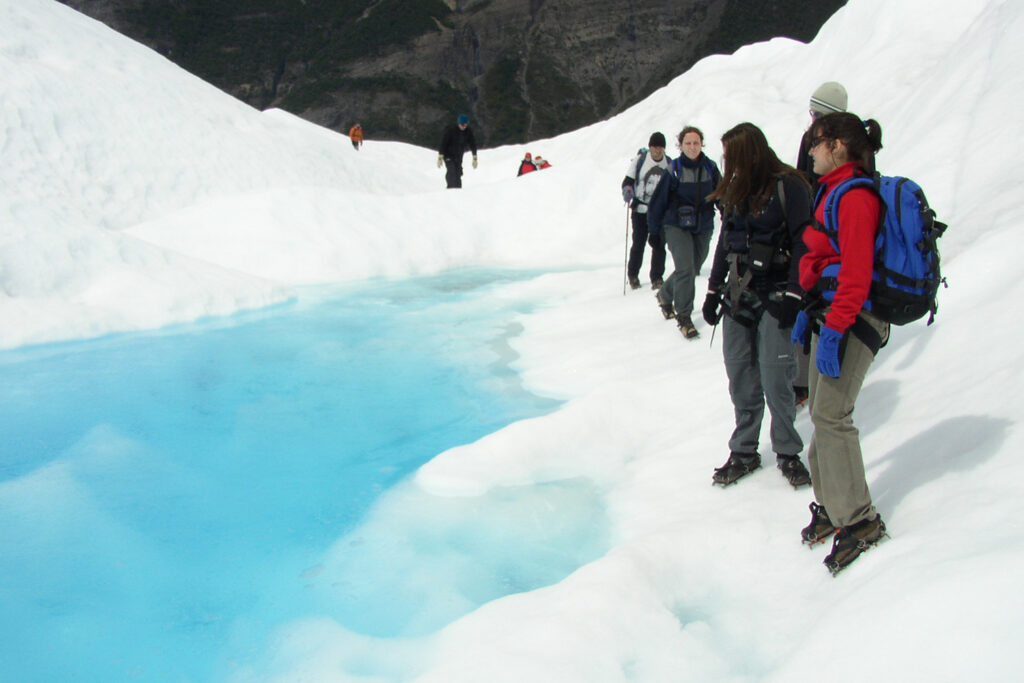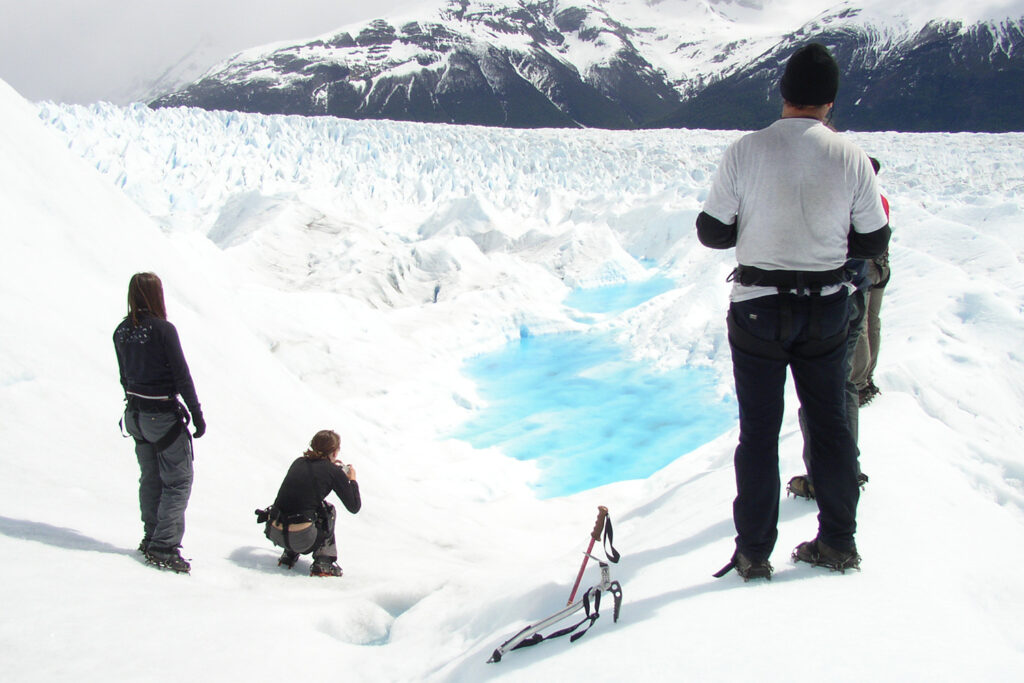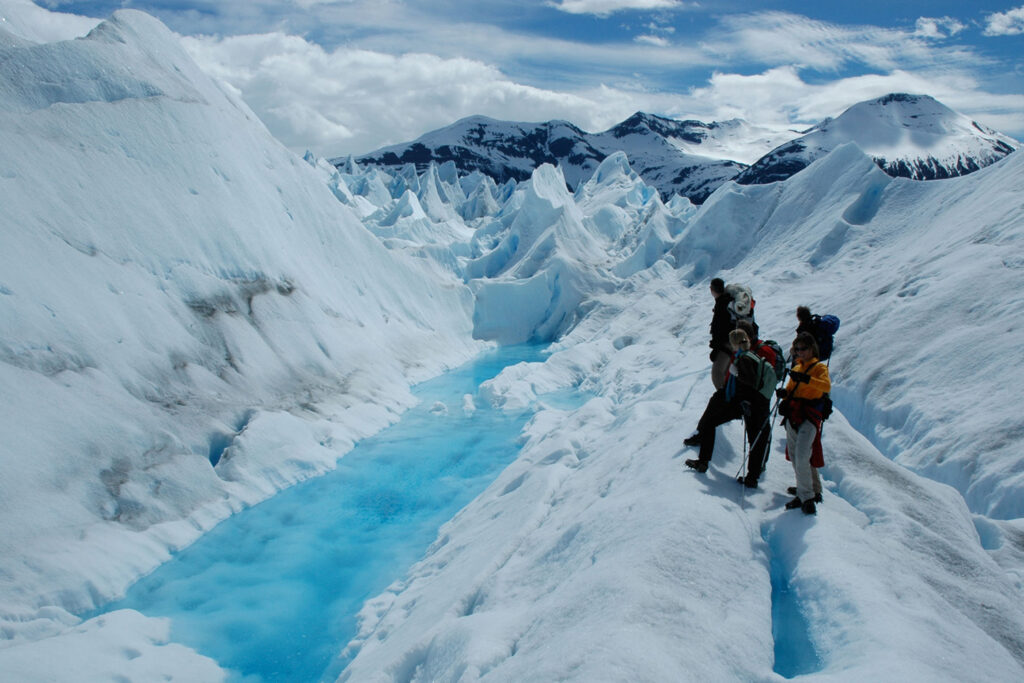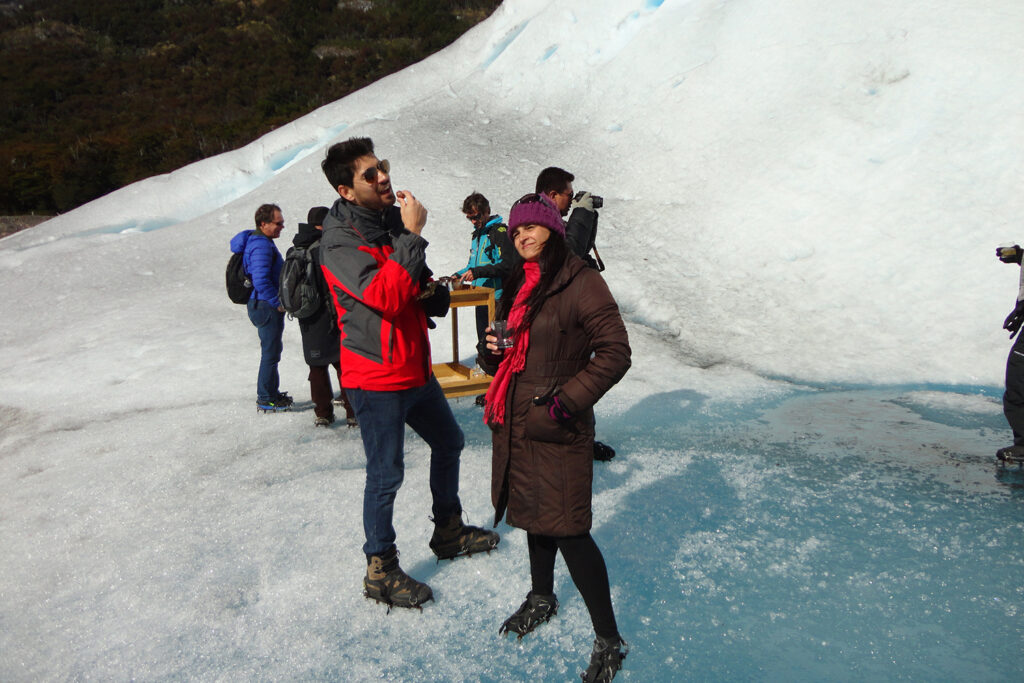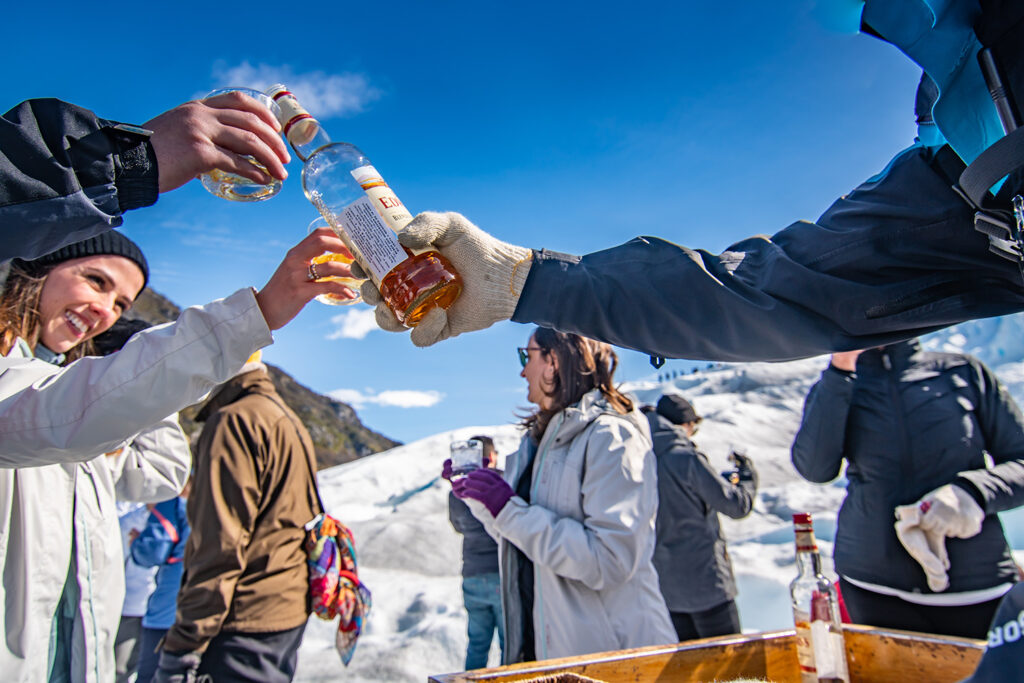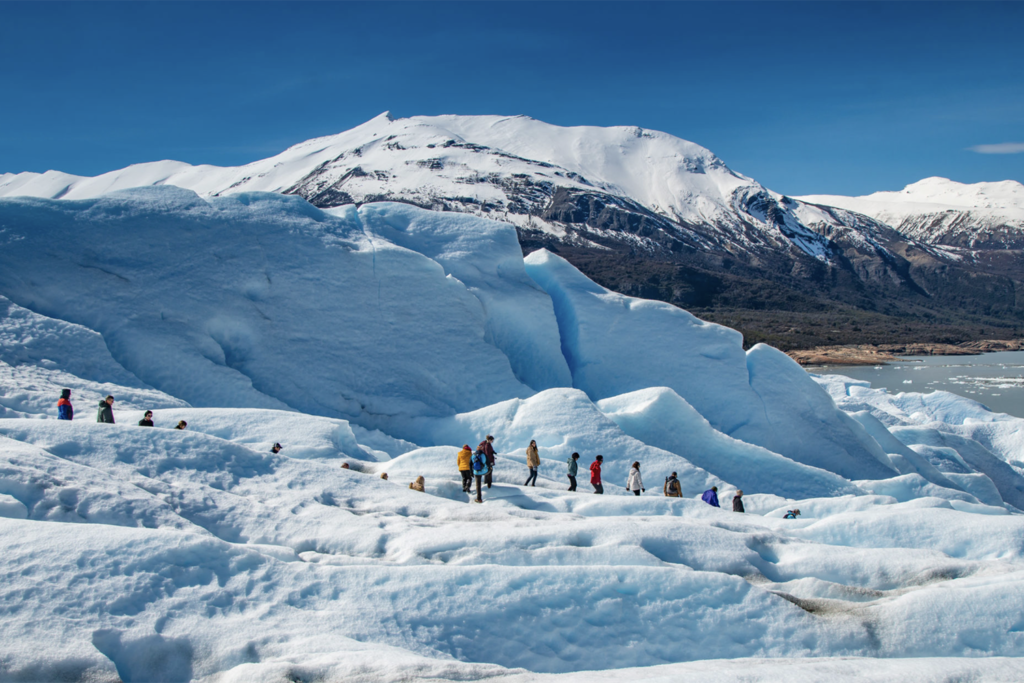Things to see and Do in Santa Cruz (Southern Patagonia)
Paine and Fitz Roy are the best two hikes in Patagonia. Torres del Paine is located in Chlean Patagonia while Fitz Roy Mountain is found in Argentine Patagonia. Both are spectacular and different. In this article we are going to focus on the self-guided treks that you can start from El Chalten, Argentina. If you are interested about the differences between Fitz Roy Mountain and Torres del Paine, read this article.
Great Treks and Places to visit in Southern Patagonia (Argentina)
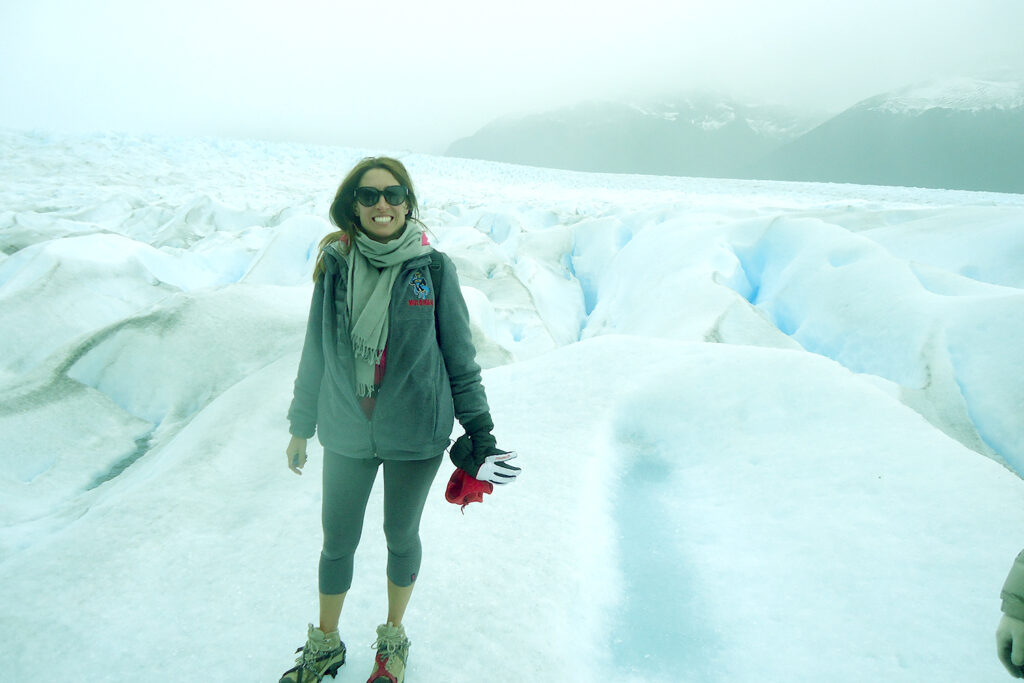
Laguna de los Tres: Cerro Fitz Roy
Santa Cruz province is located in the southern part of Patagonia and it is the second largest state of Argentina but with the smallest population per square kilometer. Most of Santa Cruz is dry grassland or semidesert, with high meseta ( plateau ) interspersed with protected valleys and covered with large sheep estancias. To the west, the Andes at these latitudes are lower than in the center and north of Argentina, but still have year-round snow. An immense ice sheet feeds the numerous glaciers.
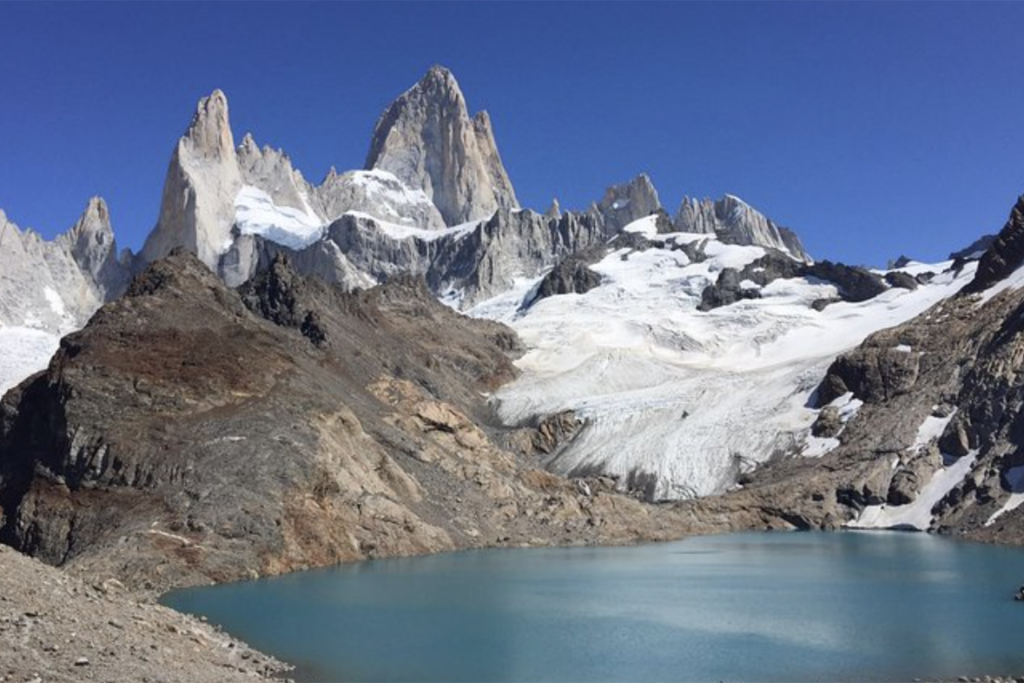
From the center to the Atlantic coast in the east, plateau of descending height dominate the landscape. The Atlantic coastline is a mixture of beaches and cliffs. In Gran Bajo de San Julián, the Laguna del Carbón is 105 meters below sea level, and is the lowest point in the Western and Southern Hemispheres.
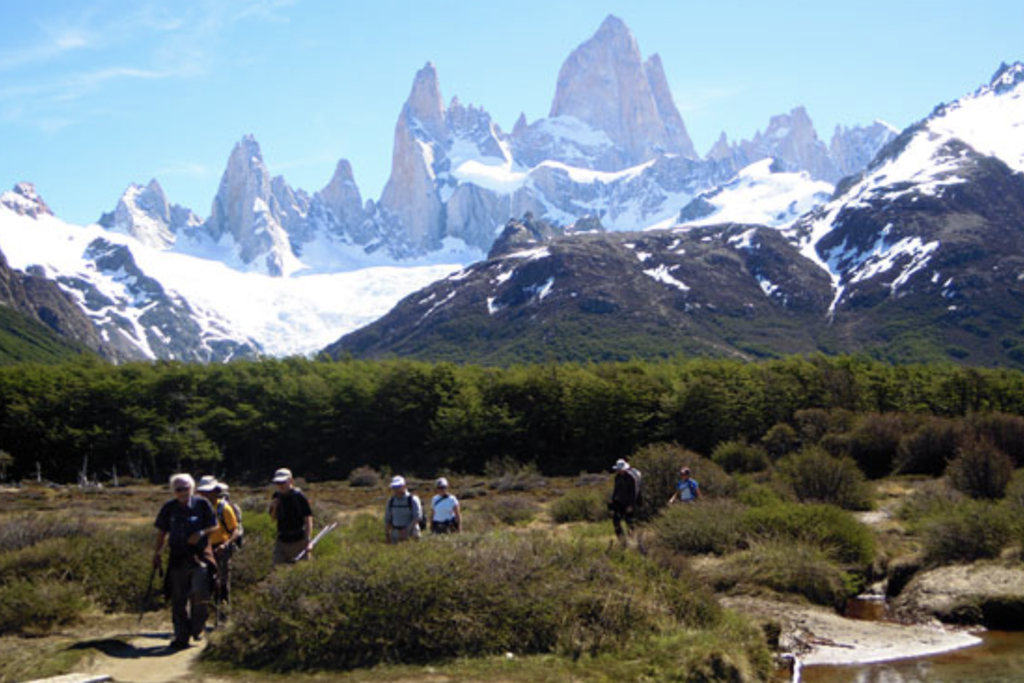
Tours and Best Treks in Argentine Patagonia
Trek to Fitz Roy Massif
If you visit El Chalten in Patagonia, you should not miss one of the most impressive peaks in the Andes, Monte Fitz Roy ( 3,406 meters/11,175 ft ). In good weather, Fitz Roy can be seen from El Calafate. ( 136 miles, 219 km south from Fitz Roy mountain ).
The trails to the Fitz Roy Massif are the most popular ones among travelers seeking for outdoors activities that wish to go one step beyond a moderate trek. No previous technical requirements are necessary. In Fitz Roy area you can trek from north to south visiting Fitz Roy massif and Cerro Torre (probably two of the most beautiful mountains on Earth) and end your hiking up to Paso del Viento to have a good look to the Patagonian Ice Field. With the extra bonus of one day of glacier hike in the Cerro Torre glacier.
The best starting point for visiting this part of the Parque Nacional Los Glaciares is the village El Chalten, 56 miles west, off RN40, above the western end of Viedma lake. The village of El Chalten nestles in a hidden bowl at the foot of the mountain, with its glacier coming down off the Southern Patagonian Ice Field. The village has expanded rapidly in recent years due to its ever-growing popularity with visiting trekkers and mountain climbers.
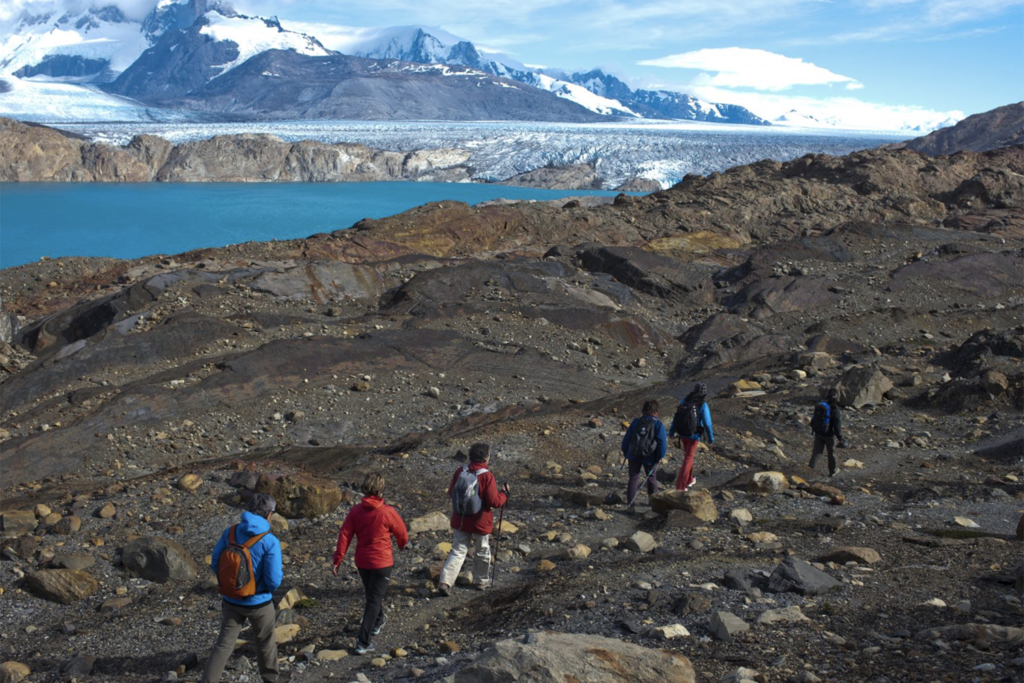
Trek to Laguna Los Tres
The trek to Laguna Los Tres allowed us to have the best available view of Mount Fitz Roy. We followed the Fitz Roy Trail up to Rio Blanco, passing Poicenot, the mountaineering camp. Finally, a short but steep trail will take us to Laguna de Los Tres. The turquoise-blue of the Lagoon is a stunning sight and this is of course magnified by the accompanying view of Fitz Roy’s spires and glaciers. The group returned to El Chalten in the afternoon.
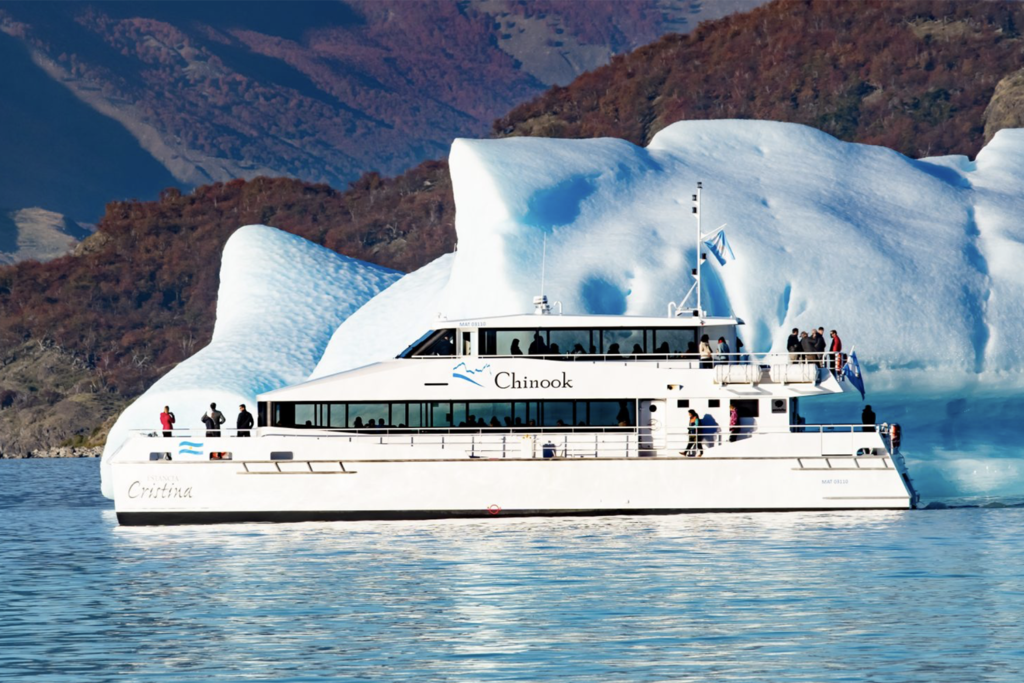
Pre-Columbian Cave Paintings in Santa Cruz
South of the Perito Moreno town in Santa Cruz province, is the Cueva de las Manos (Cave of the Hands), a national historical monument and World Heritage Site located in a beautiful canyon 56 km ( 35 miles ) off RN 40 from must north of Bajo Caracoles. Pre-Columbian cave paintings are found all over Santa Cruz, but those at Cueva de las Manos are the finest. The walls here are covered by paintings of hands and animals, principally guanacos (relatives of the llama ), which are thought to be anything between 3,000 and 10,000 years old. Numerous lakes straddle the Argentine-Chilean border in the region.
Parque Nacional Perito Moreno ( not to be confused with the town of the same name ) is the next major stop, 72 km ( 45 miles ) to the west of RN40. In the distance is Monte San Lorenzo, the highest peak in stana Cruz at 3,706 meters ( 12,150 ft ). Within the park are lakes Belgrano and Burmeister. Near the latter is the Casa de Piedra, a strange rock formation with ancient paintings.
Upsala Glacier
The second major trip from El Calafate is a visit to the Uspala Glacier, at the far north west end of Lago Argentino. Ships leave every morning from Punta Bandera ( 40 km/25 miles ) west of El Calafate. In early spring, they cannot get near Upsala because of the large field of icebergs, so may visit Spegazzini and Onelli glacier. On the way back, we strongly recommend a stop at Estancia Alice on the road to El Calafate. Asados ( barbecues ) and tea are available here and shearing demonstrations are held in season. You may also see black necked swans and other birds.
It is only a short distance across the Sierra Los Baguales, Argentina, to Parque Nacional Torres del Paine, in Chile. From some spots near El Calafate, the Paine Mountians can be seen.
